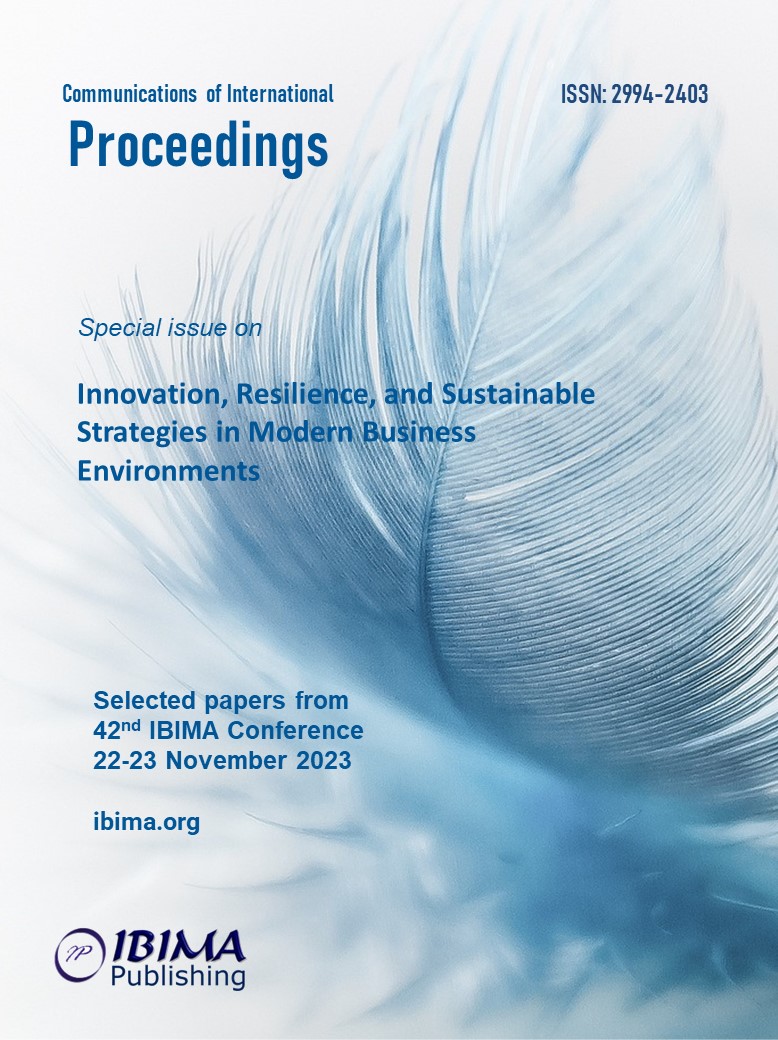
Dorota WOJTYTO, Joanna MICHALIK and Szymon BERSKI
Czestochowa University of Technology, Faculty of Production, Engineering and Materials Technology, Poland

The analysis of the working environment factors is an extremely broad topic, especially as each enterprise is characterised by a different safety management system and the presence of various risks. Due to the specific nature and profile of manufacturing or service companies, as well as the different working processes, more attention is paid to physical, chemical or psychophysical risks. This paper presents the results of a study on the measurement and analysis of temperature and airflow at a selected workstation and an analysis of the risks involved. The dissertation is a continuation of the study on physical factors in the selected production plant. Previous studies have been carried out regarding the noise measurement. The motivation for the study was to analyse the correctness of the provision of adequate temperature and airflow in the workplace at the selected workstation and actions to improve the working conditions of the employee in this respect. The literature on the subject, especially the standards for these factors used in the workplace, clearly indicates how it shall be applied and fully covers the theoretical scope of the paper however, it is essential to indicate whether the designed workplace meets these standards, and whether in fact – as the theory dictates – they are sufficient to carry out the work processes. The void in literature that makes this study important refers to the fact that it is difficult to find universal solutions for individual sectors, industries or similarly functioning organizations. In this article, the scope of the research involved measuring and analysing the temperature and airflow at the workstation of an injection moulding machine operator and assessing the hazards associated with this job. The control results contributed to improvements in the organisation of the workstation in terms of ergonomics and occupational safety, including a reduction in accident rates and, therefore, resulted in increased employee productivity and, generally, enhanced company processes. Risk analysis and assessment aimed at introducing preventive and control measures. In addition, the results of the research could be used to develop solutions for other companies in the industry with a similar business profile and with converging workstations.